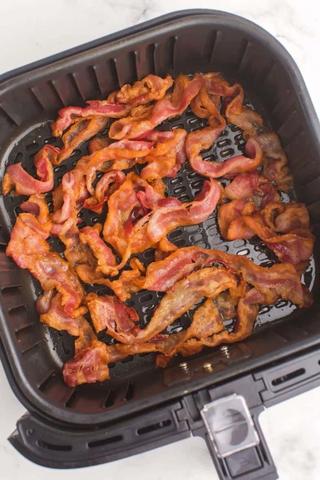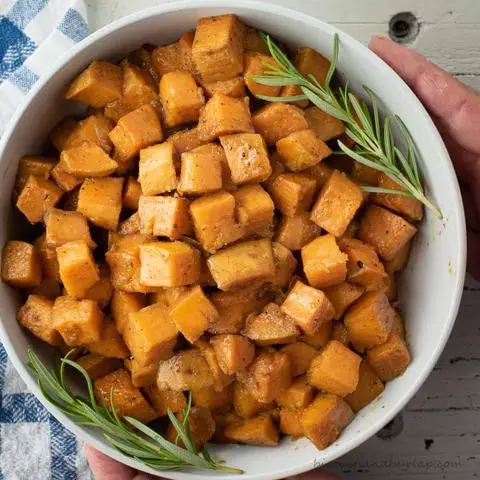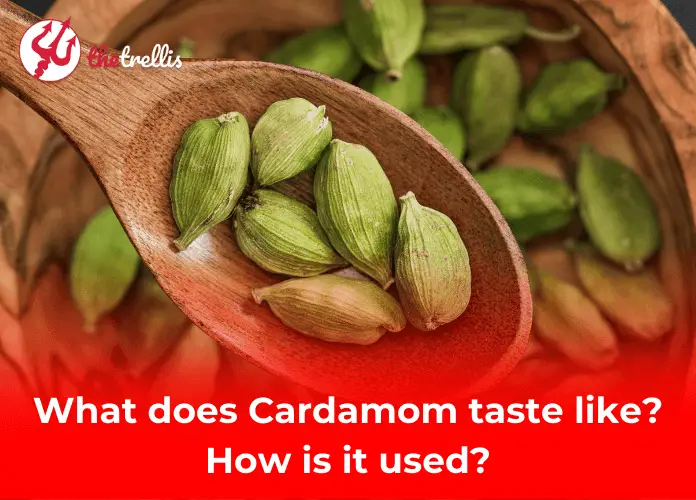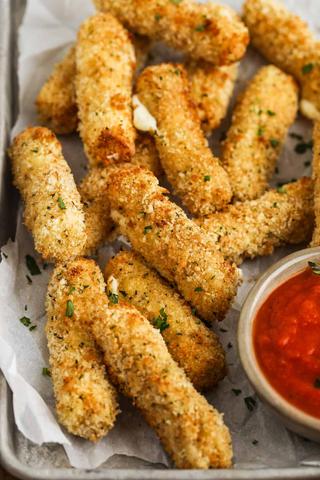
Through years of trial and error (and many ruined briskets!), I’ve learned exactly when to use each one. This hard-won guide shares the knowledge needed to master the Pellet Grill vs Charcoal Grill decision, cutting out the five years of guess work.
Ready to learn the optimal uses for each grill, or should we break down the flavor differences first?
The Basic Difference between Pellet Grill vs Charcoal Grill

Charcoal grills burn charcoal. Pellet grills burn compressed wood pellets. That’s the core difference.
But that one change affects everything else about how cooking happens.
A typical pellet grill looks like a barrel on legs. It’s substantial in size and needs to plug into an outlet. An auger feeds pellets into a fire pot. A computer chip controls the temperature. Set it to 225°F and it stays there for hours.
A charcoal grill is often a black kettle—smaller and simpler. No electricity required. Temperature gets controlled by opening and closing air vents. More air equals hotter fire. Less air equals cooler fire. That’s the entire system.
The price difference is significant. Pellet grills typically cost $1,200 while quality charcoal grills run around $180.
Read more: Grill vs Griddle
Why Experienced Cooks Love Charcoal Grills

Many outdoor cooking enthusiasts start with charcoal. The Weber Original Kettle, at around $180, represents one of the best investments they’ve ever made.
The flavor is incredible. Nothing matches the taste of food cooked over real charcoal. That char on a ribeye. The smoke on chicken thighs. It’s what BBQ should taste like. Pellet grills make good food. Charcoal grills make great food at high heat.
Portability is unmatched. Summer camping trips become opportunities for amazing grilled meals. Beach cookouts? Done. Tailgating? Perfect. Try that with a pellet grill that needs electricity.
The cost doesn’t break the bank. What seems like $180 spent becomes pennies per use after hundreds of meals. The math works out impressively over time.
Versatility is remarkable. Experienced grillers have seared steaks at 700°F, smoked pork shoulder at 225°F, grilled vegetables, and even baked pizza. One grill handles all of that.
The hands-on control appeals to many. Opening vents, adding coals, adjusting things—some people hate this active management. Others find it genuinely relaxing and meditative.
There’s something almost zen about managing a charcoal fire. When I’m out there adjusting vents and watching the smoke, work stress just disappears. My wife thinks I’m crazy, but those two hours tending the grill are my therapy.
The Charcoal Grill Challenges
Let’s be honest. Charco
The Charcoal Grill Challenges

Coals must be lit and given 15 minutes to get hot. They need to be arranged correctly. Temperature requires constant watching. Vents need continual adjustment. Long cooks demand adding more fuel repeatedly.
First briskets on charcoal often turn out terrible. Temperature bounces from 180°F to 340°F. The meat comes out dry and tough. I set alarms every two hours to add charcoal and tweak vents.
The learning curve is real. It takes five or more attempts to get good at smoking on charcoal.
The mess is genuinely annoying. Charcoal leaves black dust on everything—hands, jeans, even pets that wander too close. Post-cook ash cleanup is necessary after every session. Skip it and the grill won’t work right next time.
For overnight smoking, forget about sleeping. Alarms for 2 AM and 5 AM to check the fire become routine.
The Flavor Debate

People get intense about this topic. Arguments can last hours.
Charcoal creates bold, intense smoke. It delivers traditional BBQ flavor—heavy smoke ring, dark bark, that slight bitterness that makes me say “this tastes like real barbecue.”
For low-and-slow smoking, both work excellently. Pellet-smoked brisket tastes slightly different than charcoal-smoked brisket. Both are delicious. Guests typically can’t distinguish which method was used.
For high-heat grilling, charcoal wins decisively. Steaks cooked over glowing coals taste better than those cooked on pellets. Direct flame contact matters. Fat drips on coals and creates flavorful smoke. Pellets can’t match this effect.
The solution many adopt: use charcoal for quick, hot grilling. Use pellets for slow smoking. Problem solved.
Smoking: Where Pellets Excel
I’ve smoked meat on both grills dozens of times. I agree: for long cooks, pellets win hands down.
A typical pellet smoking session involves starting pork shoulder at 11 PM, setting it to 225°F, going to bed, waking at 7 AM to find temperature had stayed perfect, and having finished pork by 2 PM. Total hands-on time: 10 minutes.
The same cook on charcoal involves being up at 1 AM adding coals, at 4 AM adjusting vents, and at 7 AM adding more coals. The pork turns out great, but exhaustion follows.
For overnight brisket, most serious cooks now use pellet grills. Sleep is valuable.
Kamado grills deserve mention here. These ceramic charcoal grills are super efficient. Load them with charcoal and they maintain temperature for 12+ hours. They bridge the gap between traditional charcoal and pellets effectively.
Which One Should You Get?
Forget what internet experts say. Think about actual cooking habits.
Get Charcoal If:
- Hands-on cooking appeals—managing a fire sounds fun, not annoying
- Quick grilling dominates—burgers, steaks, chicken at high heat
- Portability matters—tailgating, camping, cooking at different locations
- Budget is important—quality is desired but $1,000+ isn’t available
- Traditional BBQ flavor is preferred—bold smoke and intense char
- No outdoor electrical outlets exist or installing them isn’t desired

Get Pellets If:
- Convenience is the top priority—set-and-forget appeals
- Large cuts get smoked frequently—brisket, pork shoulder, long cooks
- Smoking is new territory—temperature automation removes guesswork
- Entertaining happens often—cooking while socializing matters
- Outdoor electrical access exists—the grill will stay in one spot
- Technology appeals—WiFi, smartphone apps, temperature probes
- Budget isn’t the main concern—willingness exists to pay for convenience
Pros and Cons
Charcoal Grill
| pros | cons |
|---|---|
|
|

View Deal Here
Check Price on Amazon
Pellet Grill
| pros | cons |
|---|---|
|
|

View Deal Here
Check Price on Amazon
FAQs
- Which is better for beginners, pellet or charcoal?
Pellet grills are easier for beginners. They control temperature automatically with a set-and-forget approach. Charcoal requires learning fire management and vent control, which takes time to master. However, charcoal is cheaper to start with, making it accessible for those on tight budgets.
- Do pellet grills taste as good as charcoal?
They taste different rather than better or worse. Charcoal creates a bold, intense smoke flavor with superior searing. Pellets produce cleaner, gentler smoke. Both make delicious BBQ. For high-heat grilling, charcoal wins. For low-and-slow smoking, both work excellently.
- Which is more expensive to own?
Pellet grills cost more upfront ($350-$2,000+) versus charcoal ($50-$300). Pellets also cost more than charcoal per pound—roughly $18 versus $14 per 20-pound bag. Over five years of regular use, expect to spend roughly twice as much on pellet grilling.
- Can I use a pellet grill without electricity?
No. Pellet grills need electricity to run the auger and controller. They’re completely dependent on power. Charcoal grills work anywhere without electricity, making them ideal for camping, tailgating, and locations without outlets.
- Which is easier to clean?
Both need regular cleaning with different time commitments. Charcoal requires ash removal after every cook (5 minutes). Pellet grills need comprehensive cleaning every 3-4 uses (20 minutes). Pellets are less messy to handle, though, keeping hands and clothes cleaner.
- Is charcoal grilling toxic compared to pellets?
No. Science shows minimal health differences between the two methods. Both are safe with normal use. The real health concern is burning fat dripping on hot surfaces, which happens with both grill types. Proper cooking technique matters more than fuel type.
- Which is better for smoking meat overnight?
Pellet grills dominate overnight smoking. They maintain temperature automatically for 8+ hours without intervention. Charcoal requires waking up multiple times to add fuel and adjust vents, making full-night sleep nearly impossible.
- Can you grill and smoke on both?
Yes. Charcoal excels at high-heat grilling and handles smoking with a two-zone setup. Pellets excel at smoking and handle grilling adequately, though searing isn’t as impressive as charcoal. Both are more versatile than commonly believed.
- Which should I buy first?
Get charcoal if budget matters or portability is needed. Get pellets if convenience is prioritized and smoking large cuts happens frequently. Consider actual cooking habits and available budget rather than aspirational cooking plans.
- How long does it take to start each type of grill?
Charcoal takes 15-20 minutes from lighting to cooking temperature. Pellet grills take 10-15 minutes to preheat. Both require similar startup time, but pellets are slightly faster and require less active effort during warmup..
Learn More About Grilling
If you want to learn more about grilling, check out these other helpful resources!









